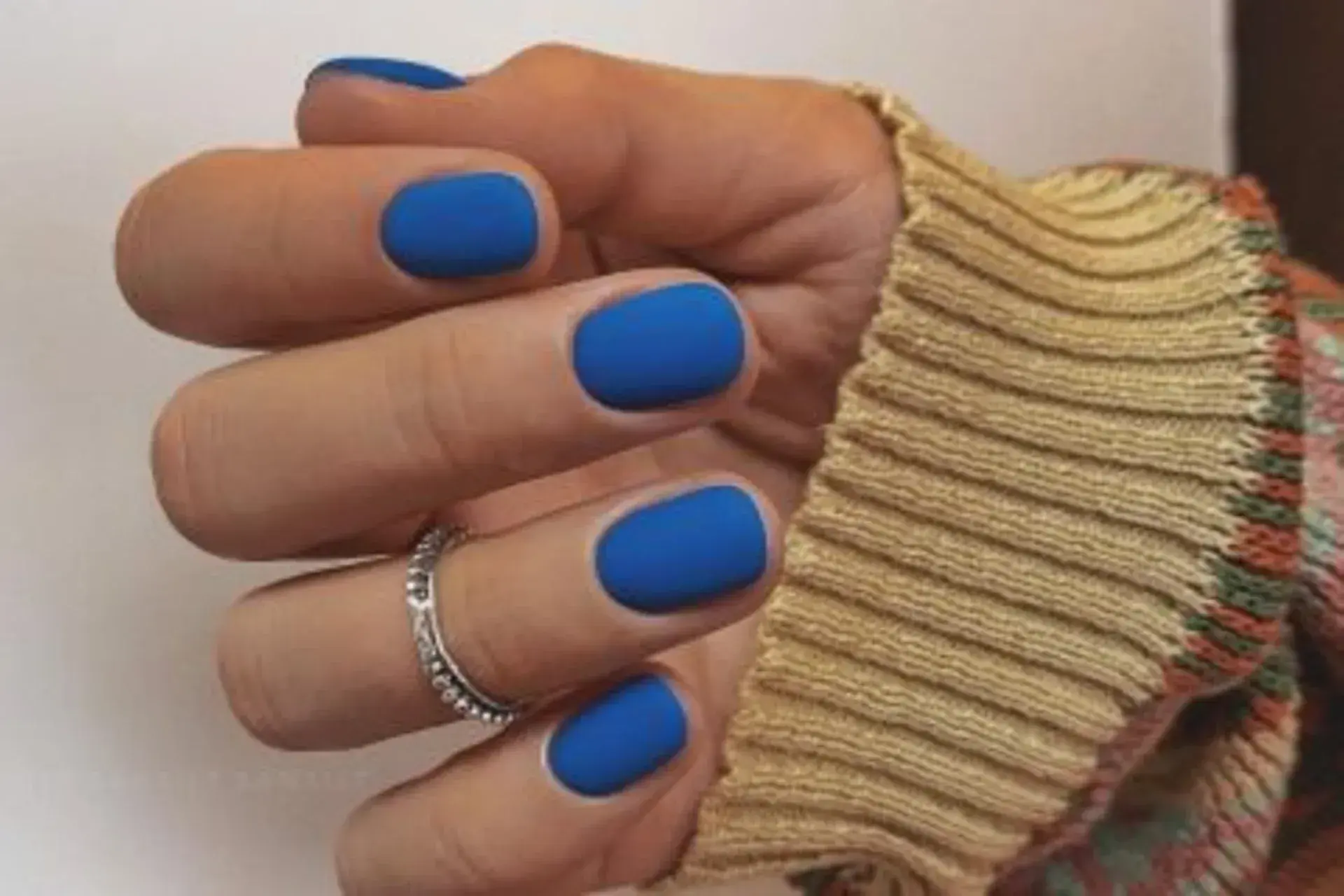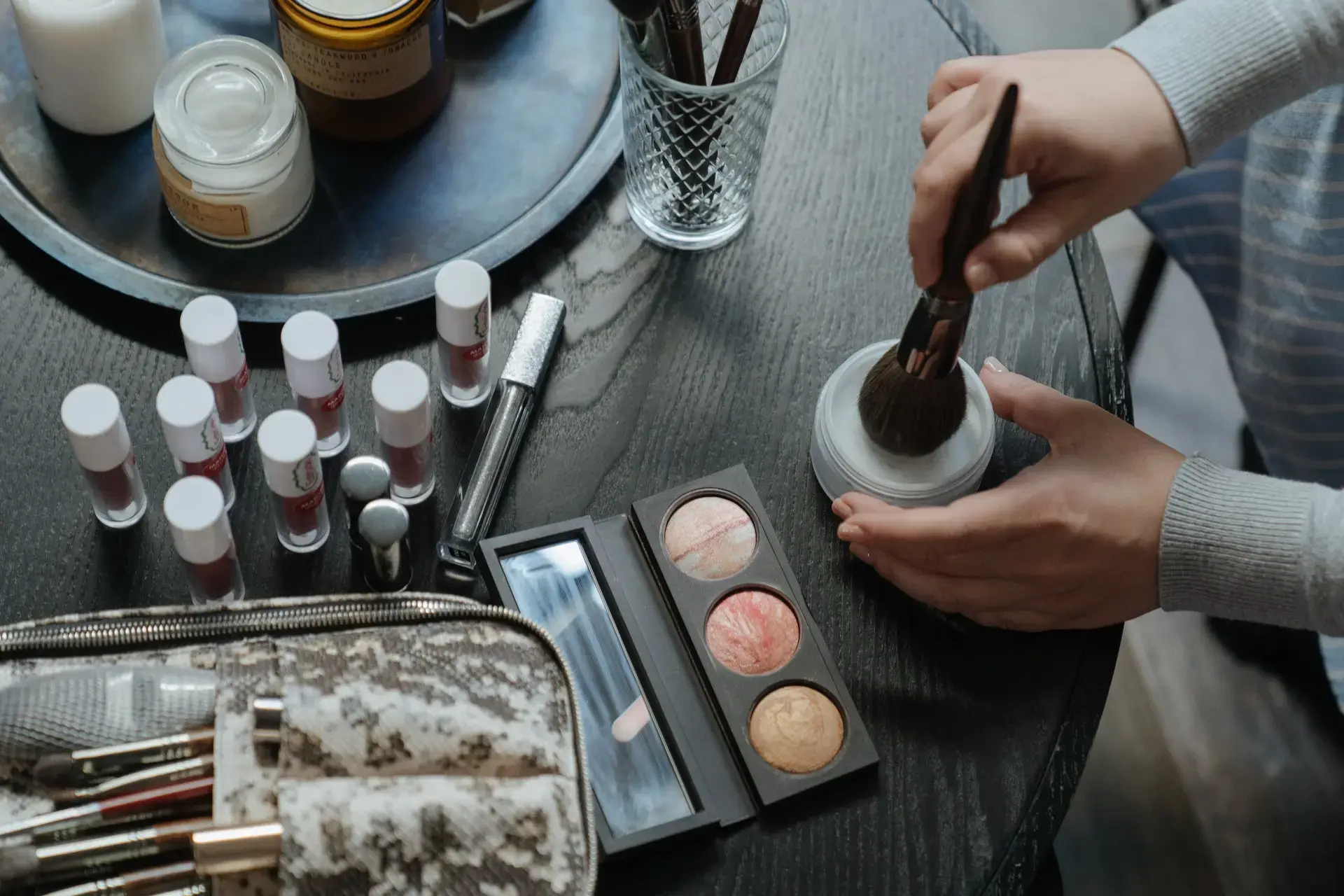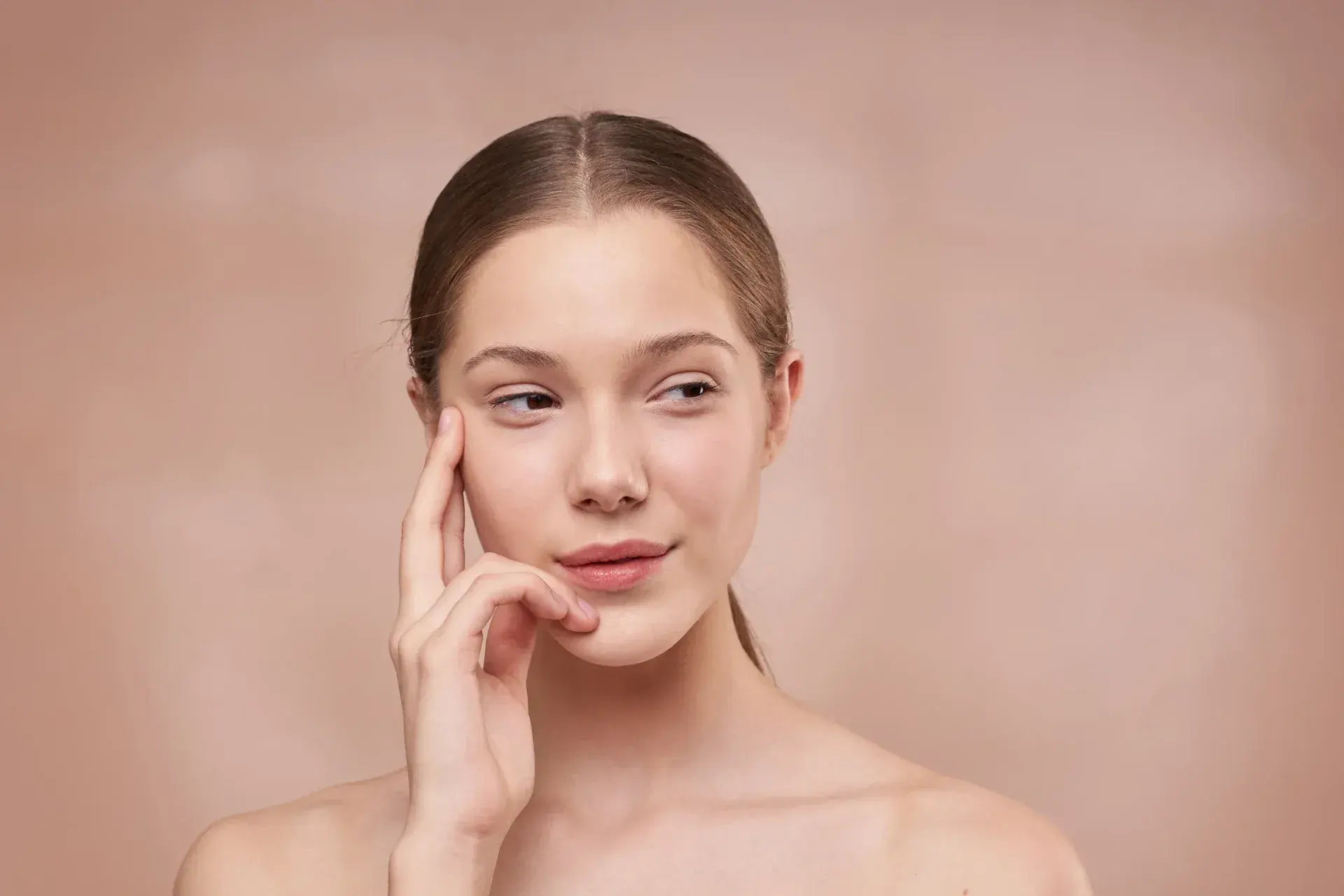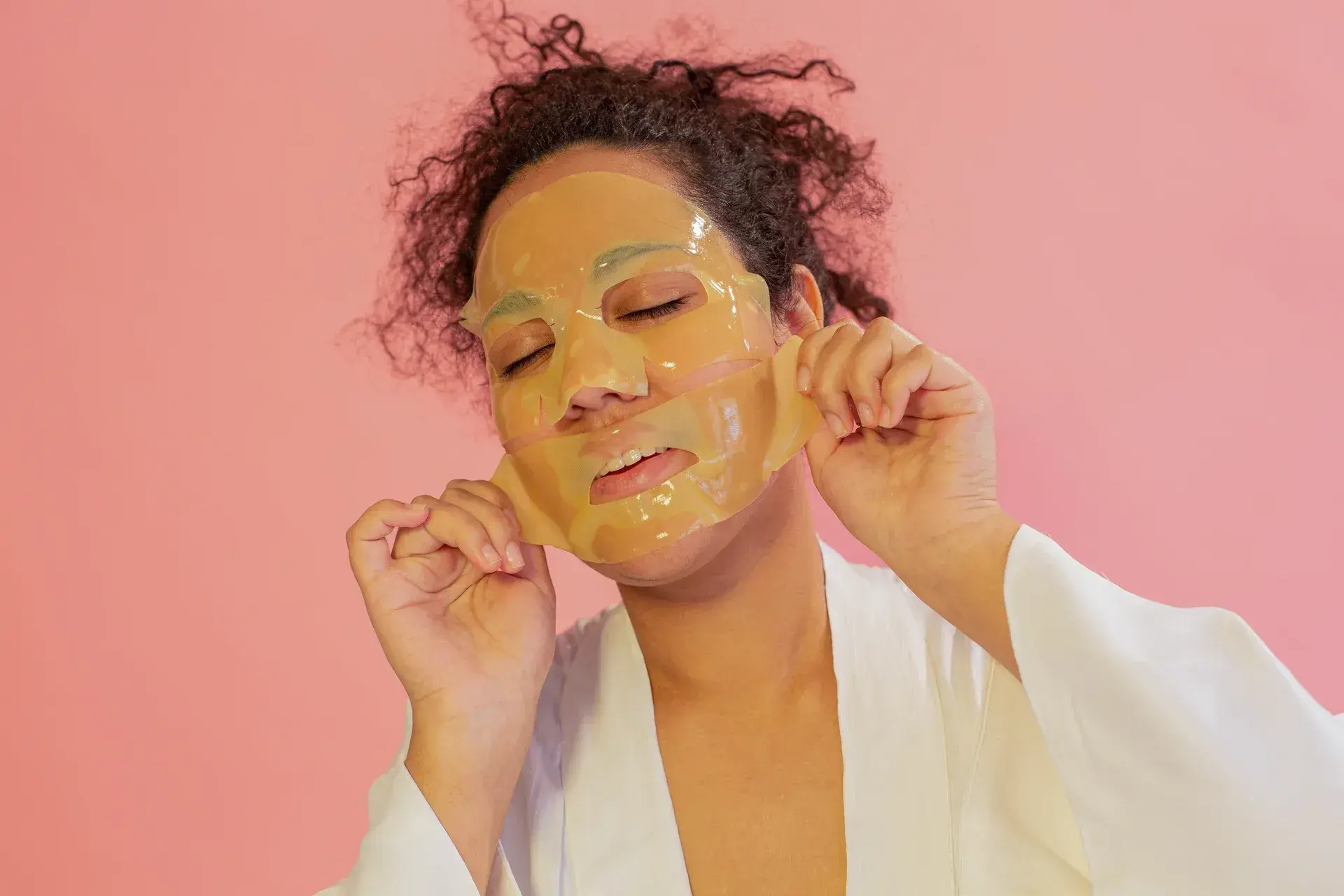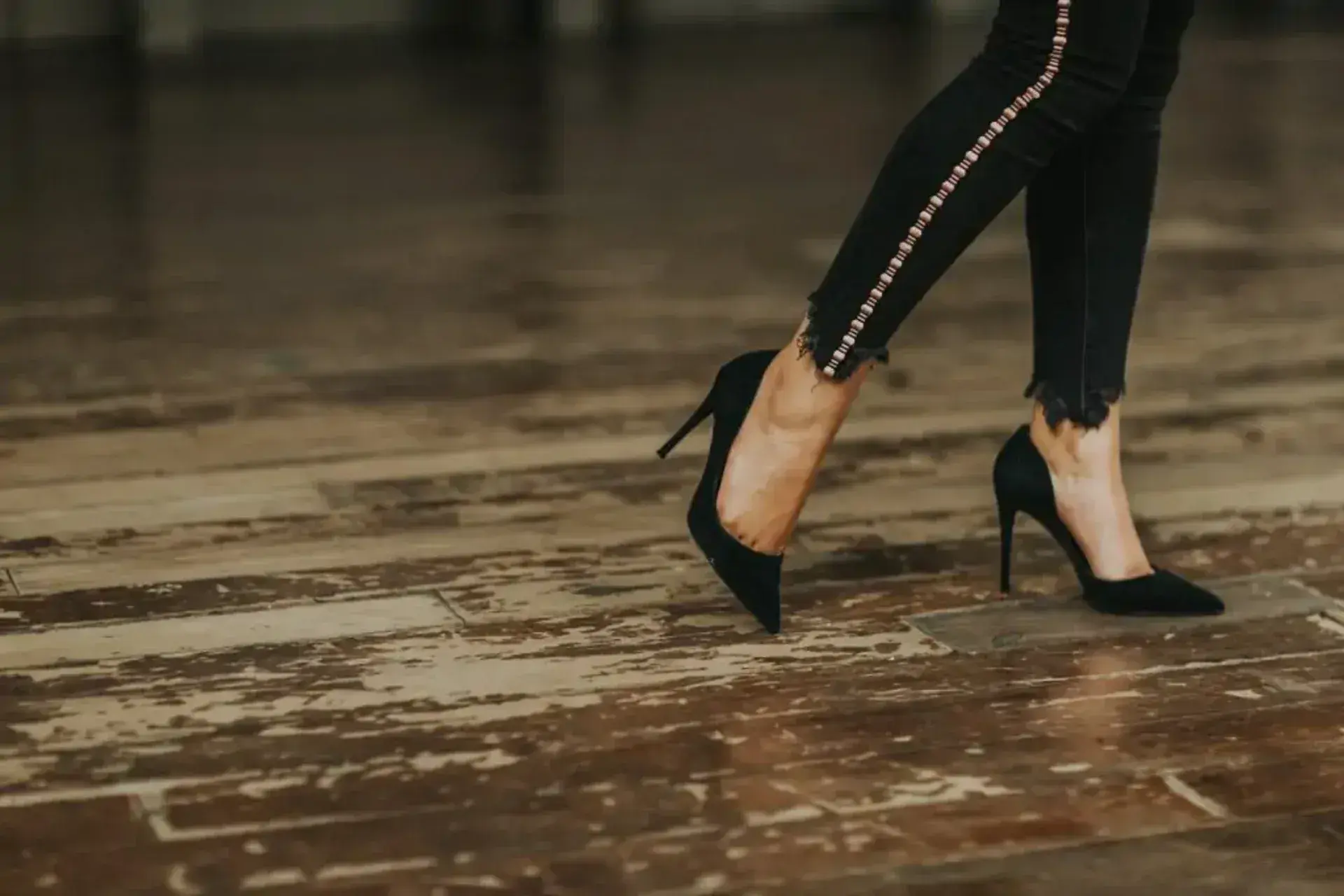Maskne: how to prevent rashes and treat it right
The pandemic affects our skin because stress is one of the main triggers for the appearance of rashes. But this is not the only reason: it turns out that face masks can also cause acne. Today we figure out why protection is harmful to the skin and how to deal with maskne.
What is maskne?
No one thought it would be easy to survive a global pandemic, but you may have thought that although your skin would give you a break. You reduced the use of makeup, were less likely to be in the sun without sunscreen, tried fewer new irritants and got some extra rest. So why the condition of the skin not only did not improve but on the contrary acne appeared?
Even if your skin was last covered in rashes during adolescence, due to the constant wearing of a mask, you could deal with the appearance of acne in the area under it. They have already been called “maskne” (“mask” and “acne”). While we can not stop wearing the face mask, but must not put up with these rashes.
How to avoid it
To prevent inflammation, you will need to review your daily skincare and carefully examine the mask you wear every day. If it is a reusable protective bandage, it is better to choose a model made of silk or a version with a silk lining. First, this material is suitable for people with sensitive skin and has antimicrobial properties. Secondly, silk is very hygroscopic. It absorbs moisture well.

The cotton mask is better than neoprene models, as it is less irritating to the skin. But the dense material absorbs moisture worse, can create the same greenhouse effect and rub the skin. The most common thin neoprene face masks can increase sweating, and due to too tight adhesion to the skin cause mechanical irritation.
In this case, any reusable mask should be carefully treated after each application – both to protect against the virus and to prevent inflammation (oil and dirt that has accumulated on the tissues can cause masking). Despite the name, a reusable mask is not eternal, and after a certain number of uses (usually, the manufacturer specifies the approximate number) it will have to be replaced with a new one.
Disposable masks can also cause irritation and inflammation, but they are safer because they have to be changed and discarded more often after use. Respiratory masks are more reliable for protection against a coronavirus, but, in turn, more strongly compress an area of a nose and under eyes, irritating.
How to care for the skin with a maskne
As for care and cosmetics, it is best to give up a thick foundation while wearing the mask or at least not to apply it to the area under the fabric. Because of moisture and heat, it will melt on the skin, soil the mask and contaminate irritated skin. Before and after wearing the mask, it is best to wash the skin with a mild cleanser and apply the usual moisturizing or soothing cream. In tandem with the mask, creams with ceramides and hyaluronic acid work well. They create a kind of protective barrier on the skin and reduce friction.




